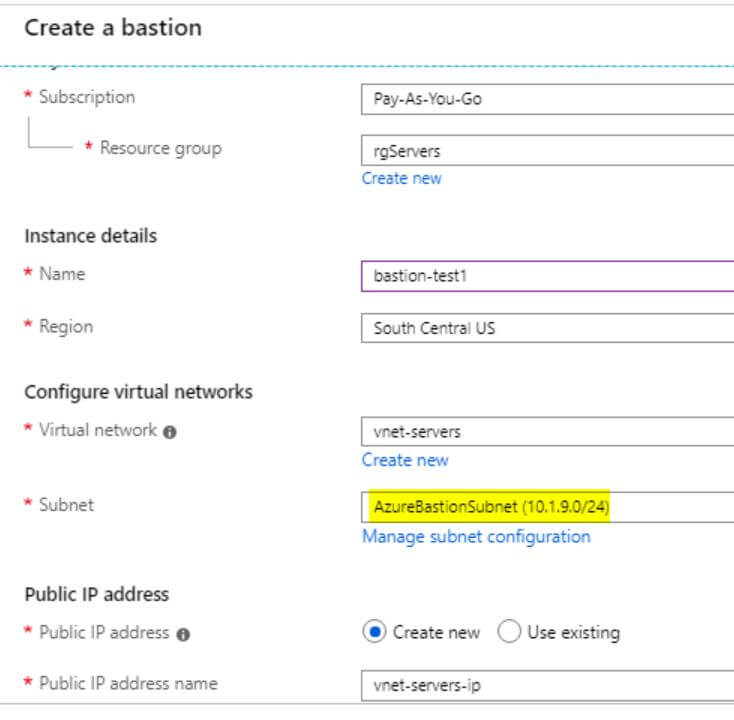
The Basic SKU does not allow you to specify custom ports. If you want to specify a custom port value, Azure Bastion must be configured using the Standard SKU.
AZURE BASTION SERVICE WINDOWS
To connect to the Windows VM, you must have the following ports open on your Windows VM: Reader role on the virtual network of the target virtual machine (if the Bastion deployment is in a peered virtual network).Reader role on the Azure Bastion resource.Reader role on the NIC with private IP of the virtual machine.

If you plan to configure custom port values, be sure to select the Standard SKU when configuring Bastion.Ī Windows virtual machine in the virtual network. To set up an Azure Bastion host, see Create a bastion host.Once the Bastion service is provisioned and deployed in your virtual network, you can use it to connect to any VM in the virtual network. Make sure that you have set up an Azure Bastion host for the virtual network in which the VM is located.For more information, see What is Azure Bastion? Prerequisitesīefore you begin, verify that you've met the following criteria:Ī VNet with the Bastion host already installed. Using Azure Bastion protects your virtual machines from exposing RDP/SSH ports to the outside world, while still providing secure access using RDP/SSH. For information, see Create an SSH connection to a Windows VM.Īzure Bastion provides secure connectivity to all of the VMs in the virtual network in which it's provisioned. You can also connect to a Windows VM using SSH. When you use Azure Bastion, your VMs don't require a client, agent, or additional software.
AZURE BASTION SERVICE HOW TO
Next we will look at how to use the Bastion Service and the end user experience.This article shows you how to securely and seamlessly create an RDP connection to your Windows VMs located in an Azure virtual network directly through the Azure portal. Bastion resource and the public IP.Īzure Bastion Service creation process is very simple as you can see. Once Provisioned, you will see two resource created. Then click next and finish to provision the resource. Create a resource group, give the resource a name, select the subnet, and provide a name for the Public IP. Login to the Azure Portal and select create a resource.Īfter that populate the required details. Now let’s go ahead and create a Azure Bastion Resource. This subnet is a pre-requisite to create a Azure Bastion Resource. Therefore, I will need to a new subnet “AzureBastionSubnet” to this VNET. Azure Bastion service will place a Bastion scale set in this subnet and Azure will manage it. It will be fully managed subnet like the App Gateway Subnet. Service Provisioning Experienceįirst you will need to create a subnet in your VNET to place the Bastion Host. Let’s go and have a look at how the provisioning experience for the Azure Bastion Service. Under the bonnet, It’s a VM scale set that can scale up and down based on the number of sessions. Therefore, we need to limit the ports we expose and do it properly.Īzure bastion is a fully managed service that does the ground work to enable remote access to the VMs in a much more secure way.


Threat landscape has grown tremendously as never before these days and we need to take all precautions to keep our workload secure as possible. It’s a key new way to protect your VM’s in the cloud.Ĭreating jump boxes or exposing servers into the internet is regarded as a worst thing to do in the cloud. It provisions a Azure Bastion host in the customers VNET, which provide secure seamless RDP and SSH access to your virtual machines in Azure without opening a single port in to the public internet. What is a Azure Bastion Service ?Īzure Bastion Service provides a secure way to remote in to your Azure VMs. In this blog post I’m going to be discussing the Azure Bastion Service.


 0 kommentar(er)
0 kommentar(er)
